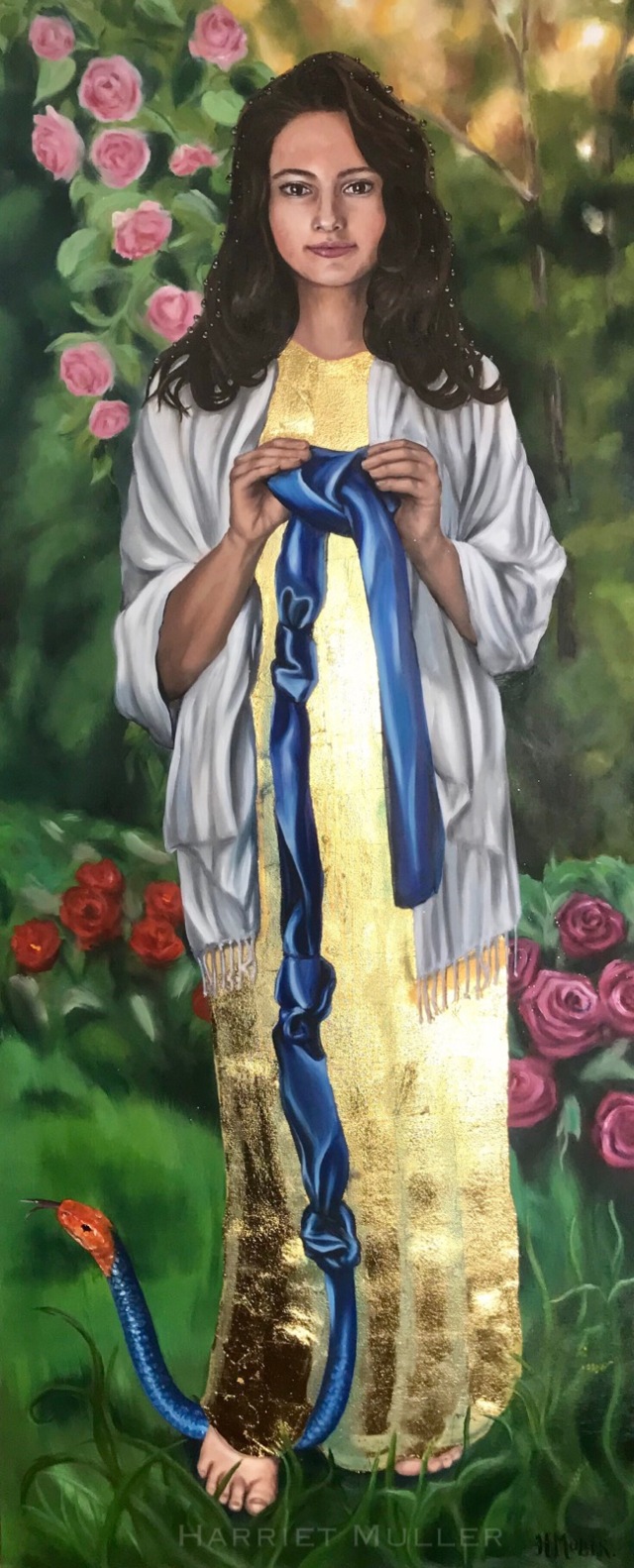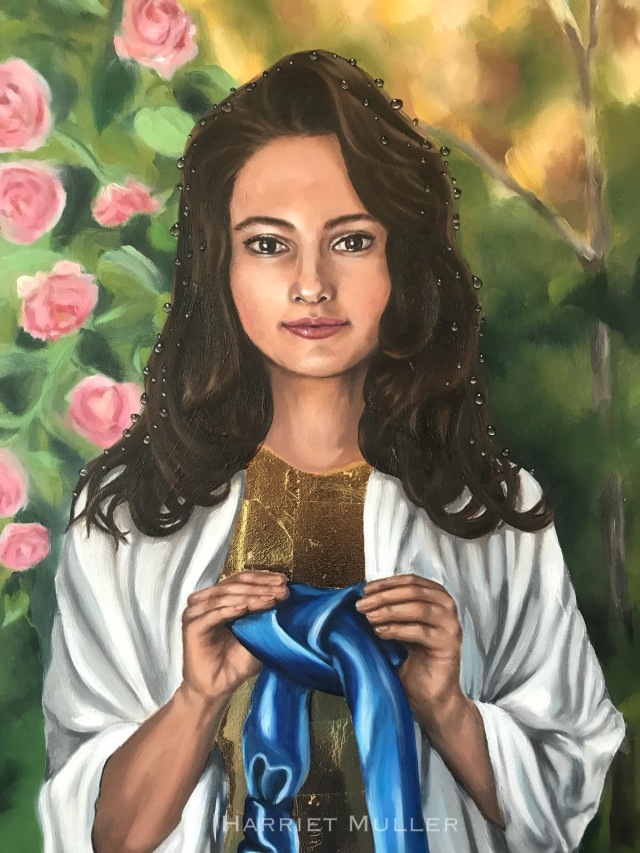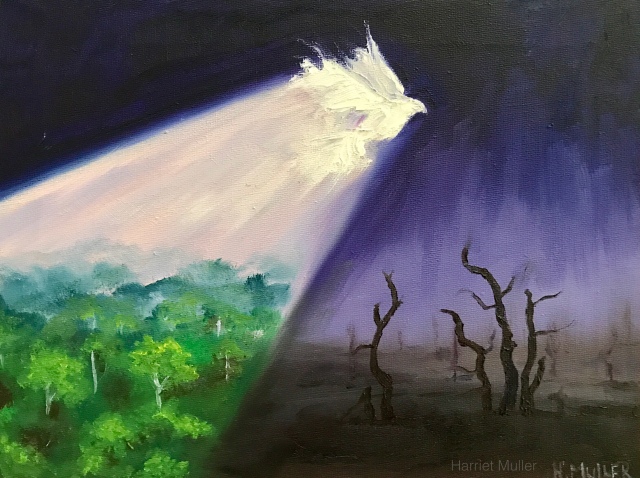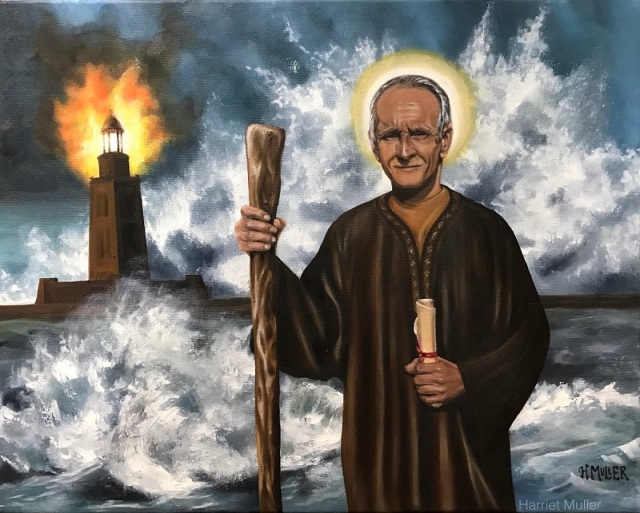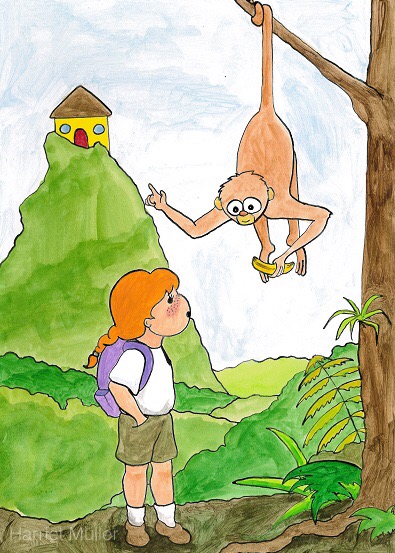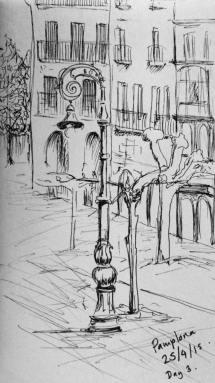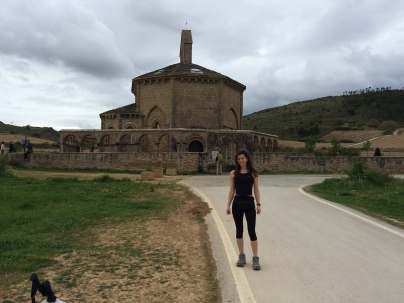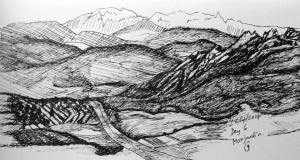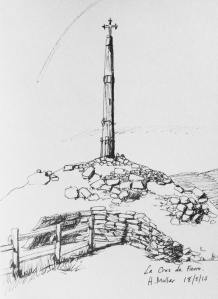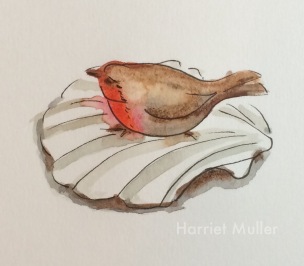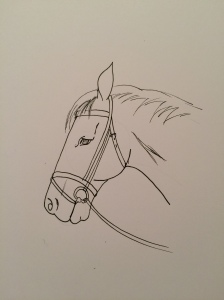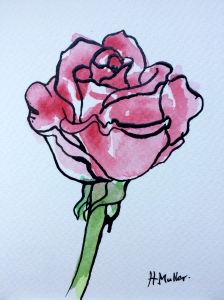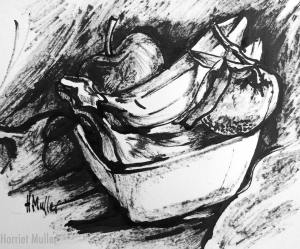When I was first asked to illustrate a book about The Seven Mu’Allaqat, I must confess I knew very little about them. The Seven Mu’Allaqat are the most important works of pre-Islamic Arabian poetry and are often referred to as the Golden Odes of pagan Arabia. The odes celebrate and reflect the customs and way of life of the Bedouin tribes of the Arabian peninsula. Their central themes are love, war, tribal revenge, hospitality and the unforgiving but majestic beauty of the desert landscape.
The poems, which emerged as part of the Bedouin oral tradition, are incredibly inspiring and evoke vivid images. With the help of two models and sketches I had produced during my travels through Egypt I was able to recreate a selection of scenes recounted in the poems. What really fascinated me was the history of the poets, this was often as, if not more, exciting than the poems they created. Here I will explore one of my favourites: Tarafa.
Tarafa, whose real name was Amr Ibn El Abd, was the youngest of the poets, who tragically died at the age of 26. He was described as a wild impulsive youth, imaginative but hot-headed and prone to violent outbursts. His demise came after his stay at the Court of Amr Ibn Hind, King of Hira. One day he was sat with the prince when the princess walked passed. Though he looked away, her saw her image reflected in the silver goblet he held and recited the following verse:
“Oh you with the roe’s neck bending, earringed sweet ring-wearer,
Had the king been away, how would your mouth not have kissed me.”
The King became aware of these verses and was not pleased with Tarafa, particularly since he then went on to create verses criticising the king. The King sent for Tarafa and his uncle, Mutalammis who was also a poet and had offended the King as well, and sent them both away laden with gifts to the Governor of Bahrain which was also under his jurisdiction. He gave them each a letter, as if recommending them.
Mutalammis grew suspicious and before leaving Hira advised that the letters should be opened. He ordered a boy who could read, to open his letter and read its content. The boy read that the King commanded the recipient to kill the bearer. Mutalammis threw the letter into the Euphrates river at once and fled.
Tarafa, in his arrogance thought that the King would never do such a thing to him since he was of powerful heritage and thus proceeded to Bahrain and delivered his letter to the Governor. As the Governor was one of Tarafa’s kingsmen, he sought to save him by telling him to escape at night before anyone saw him. Tarafa, however, thought he was trying to cheat him of some reward and refused to leave and consequently was thrown into prison. Nevertheless, the Governor refused to kill Tarafa so the King sent a man to Bahrain to kill both Governor and Tarafa.
It is said that Tarafa’s ode was written before he came to the Court of the King of Hira, whilst he was in the desert, approximately 550 BC.
These are a few of the illustrations from the ode of Tarafa:

The Noblest Breed
“She rivals the swiftest camels, even of the noblest breed, and her hind-feet rapidly follow her fore-feet on the beaten way.”
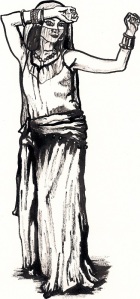
Dancer
“She floats proudly along with her flowing tail, as the dancing-girl floats in the banquet of her lord, and spreads the long white skirts of her trailing vest.”
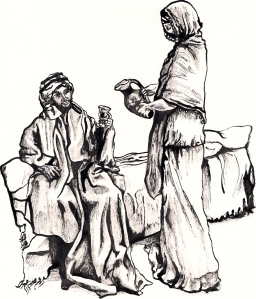
“When you visit me in the morning, I offer you a flowing goblet; and, if you make excuses, I bid you drink it with pleasure, and repeat your draught.”
A selection of my illustrations can be found by visiting my Etsy shop.
